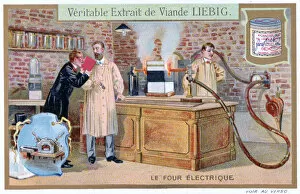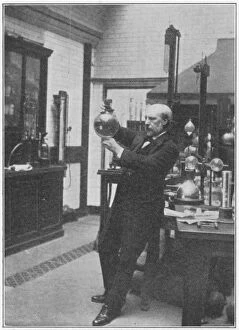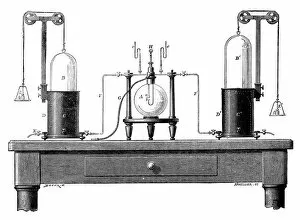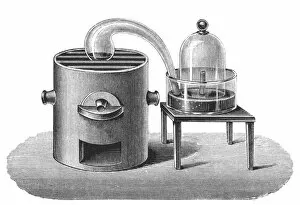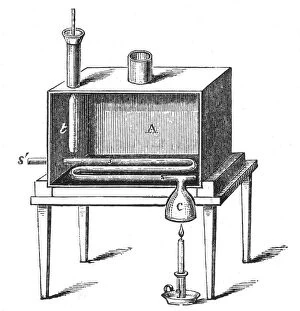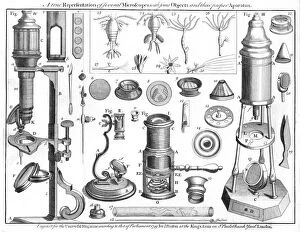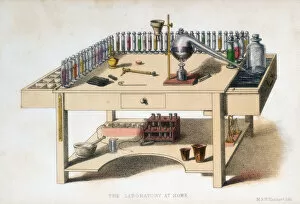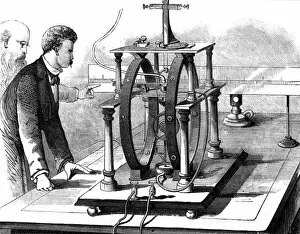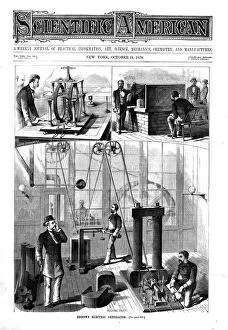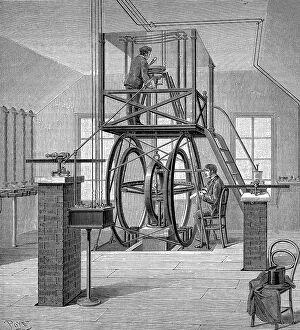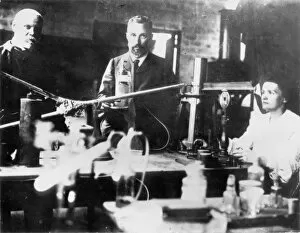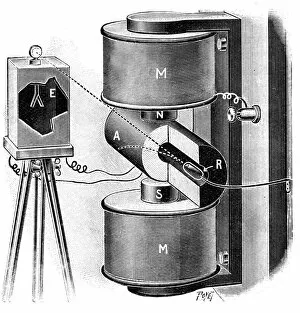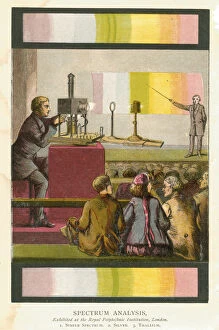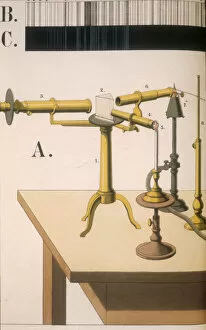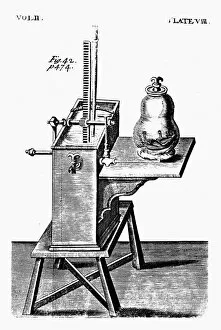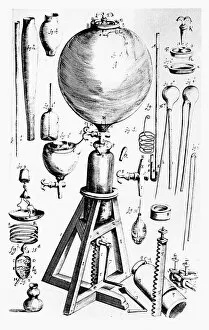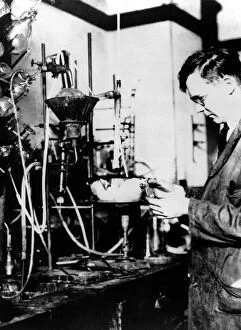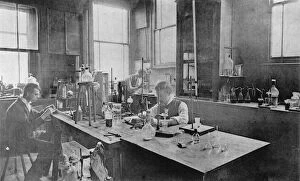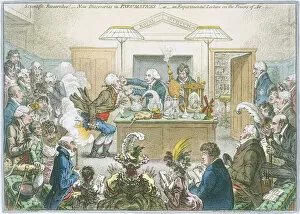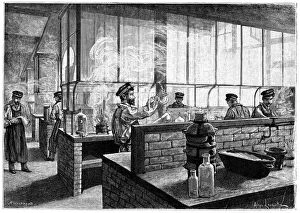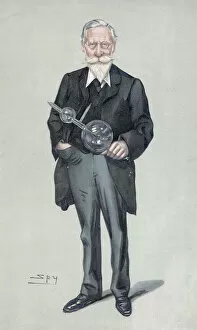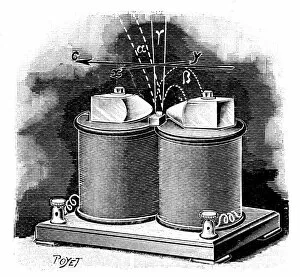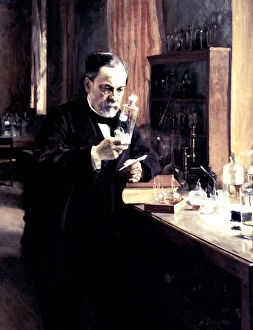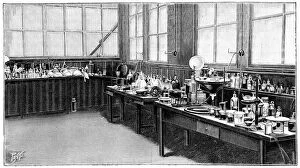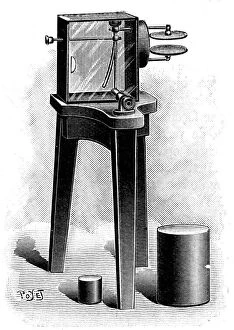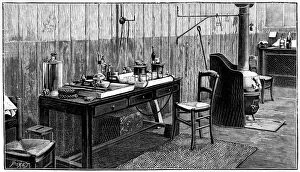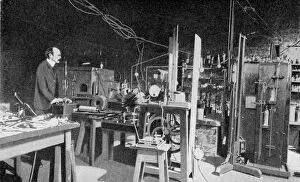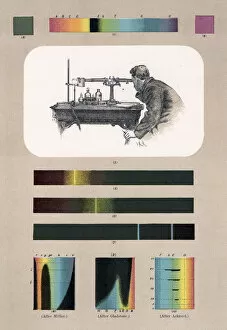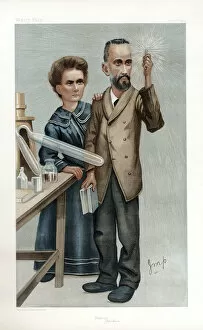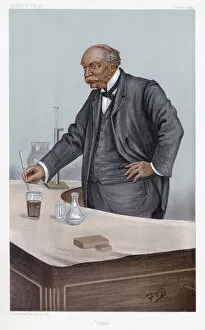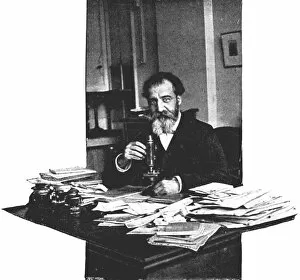Laboratory Equipment Collection (#3)
"Exploring the World of Science
For sale as Licensed Images
Choose your image, Select your licence and Download the media
"Exploring the World of Science: A Journey through Laboratory Equipment" Step into the world of scientific discovery as we delve into the fascinating realm of laboratory equipment. From groundbreaking experiments to revolutionary discoveries, these tools have played a pivotal role in shaping our understanding of the natural world. In 1935, French scientists Frederic Joliot and Irene Joliot-Curie paved the way for nuclear chemistry with their pioneering research. Their work laid the foundation for future advancements in this field, forever changing our perception of atomic structure. The importance of maintaining a safe environment cannot be overstated, especially when dealing with hazardous substances like Salmonella culture or bacterial culture. Laboratory equipment ensures that researchers can handle these materials safely while studying their properties and effects. Microscopes have been instrumental in unraveling some of nature's most intricate secrets. Focus stacked images reveal an inverted wonderland on microscope slides - diatoms. These single-celled algae not only produce a significant portion of Earth's oxygen but also play a crucial role in global carbon fixation. Throughout history, notable figures have made indelible contributions to science. Antoine Laurent Lavoisier and his wife were immortalized by Jacques-Louis David in 1788, symbolizing their dedication to chemical analysis and establishing modern chemistry as we know it today. Artistic depictions often capture moments frozen in time, shedding light on scientific practices from centuries past. The frontispiece for the Society of Etchers from 1863 showcases Paris' Municipal Chemical Laboratory - a hub where innovative minds converged to push boundaries and unlock new knowledge. David Wiley's portrait from around 1801 portrays him engrossed in his scientific pursuits - a testament to the unwavering curiosity that drives researchers forward. Similarly, "Man of Science" (1839) encapsulates the spirit of exploration shared by countless individuals dedicated to expanding human knowledge. "In the Laboratory" (ca.

